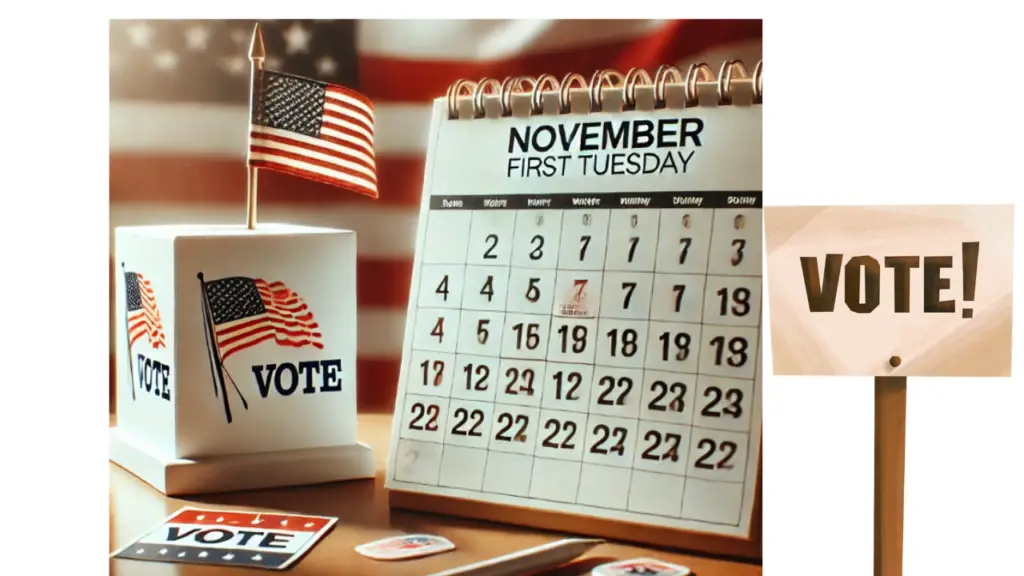Voting for the president of the United States is one of the most impactful ways Americans can participate in their democracy. But when exactly do we vote for president? Understanding the timing of the presidential election, why it’s held in November, and the traditions behind Election Day can make the voting process clearer. This article will walk you through everything you need to know about when, why, and how we vote for president in the U.S.

Understanding the U.S. Presidential Election Process
Every four years, the U.S. holds a presidential election to select its next leader. This election cycle is significant not only because it chooses the president but also because it reflects the voice of the American people. Voting empowers citizens to influence the direction of the country.
When Does the Presidential Election Take Place?
U.S. presidential elections are held on the first Tuesday after the first Monday in November. This timing was established to suit a variety of needs and remains an essential part of the American political calendar. For example, the next U.S. presidential election is scheduled for Tuesday, November 5, 2024.
The History Behind November Elections
In early America, November was chosen for practical reasons. With the country’s predominantly rural population, November was ideal since the agricultural harvest was mostly completed, and the weather was not yet too harsh. Holding elections in November also avoided conflicts with the religious observances commonly respected at the time.
Why is Election Day on a Tuesday?
Election Day falls on a Tuesday because it was a convenient day for 19th-century voters. Farmers and rural residents could travel on Monday to reach polling stations without disrupting Sunday’s religious obligations. The tradition of Tuesday voting has continued, though many argue for modern reforms to increase accessibility.
How the Voting Date Was Decided
In 1845, Congress set the standard for holding elections on the first Tuesday after the first Monday in November. This law sought to create consistency across states, ensuring that elections were fair and coordinated nationwide.
Key Dates in the Presidential Election Cycle
The presidential election process involves several critical stages:
- Primaries and Caucuses: Early events in which party members select their preferred candidates.
- National Conventions: Party conventions where candidates are formally nominated.
- General Election Day: The official day for voting, held in November every four years.
How to Vote in the Presidential Election
Voting methods have expanded, offering options for everyone. Whether you prefer to vote in person, by mail, or through early voting, knowing your choices can help make the voting process easier.
Voting by Mail and Absentee Ballots
Mail-in voting and absentee ballots are available for those who cannot vote in person. Absentee voting was traditionally for people who were away on Election Day, but many states have broadened eligibility for mail voting.
Early Voting and Its Benefits
Early voting allows people to cast their ballots before Election Day, which reduces long lines and gives flexibility to voters who may be unable to vote on a Tuesday.
Important Deadlines for Voting
Each state has its registration and ballot deadlines, so it’s essential to check these dates. Missing a deadline could prevent your vote from being counted, so be sure to plan ahead.
Preparing for Election Day
Arriving at the polls prepared is vital. Make sure to bring any required ID and check local voting laws for any specific requirements in your area. First-time voters might also find it helpful to research their rights and responsibilities as voters.
What Happens After Election Day?
After the polls close, states begin counting the votes. This process includes the Electoral College, a system that ultimately determines the next president based on electoral votes rather than just the popular vote.
Certification of Election Results
The election results are certified in a process that involves state and federal authorities. Congress plays a key role in certifying the final results, typically in January following the election.
Conclusion
Voting for the president is an opportunity to shape the future of the country. By understanding the timing, processes, and historical reasons behind Election Day, voters can approach the polls with confidence. Participating in elections is one of the most effective ways to contribute to the democratic process, so be sure to mark your calendar, register on time, and vote!
FAQs
When is the next U.S. presidential election?
The next presidential election will be on Tuesday, November 5, 2024.
Can I vote early for the presidential election?
Yes, many states offer early voting options to make voting more convenient.
Why do we vote in November?
November was chosen to align with the agricultural calendar and religious practices of early America.
What is the Electoral College?
The Electoral College is a system used to determine the president through a count of electoral votes rather than the popular vote.
How can I find my polling location?
You can find your polling location by checking with your state’s election office or visiting voter information websites.

